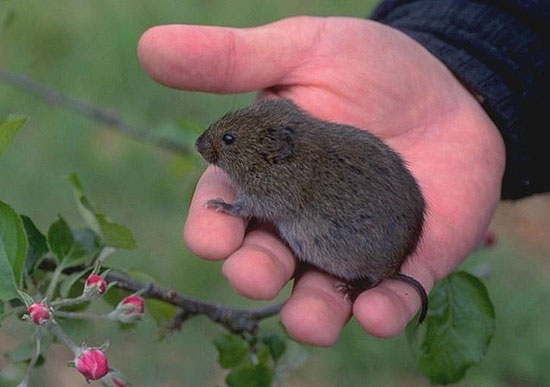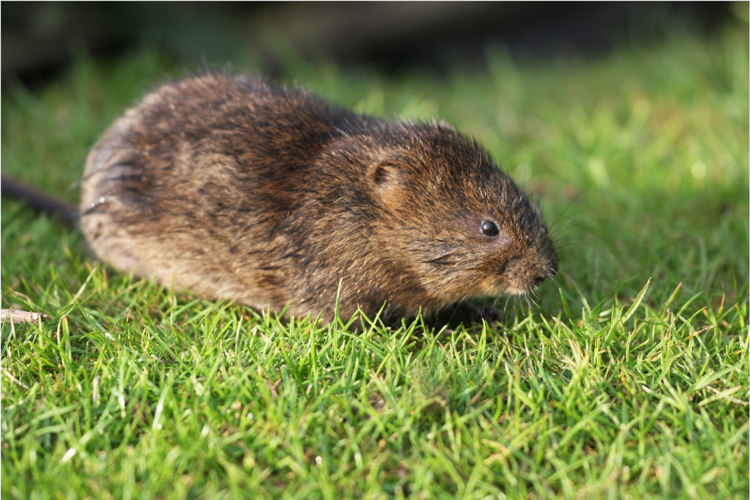Comprehensive Guide to Reliable Vole Insect Control: Problem Identification and Treatment Techniques
In the world of efficient pest control, vole infestations present a distinct difficulty that requires a tactical method. These small rats, often incorrect for mice, can ruin yards, lawns, and crops if left unchecked. Recognizing the signs of vole presence and applying targeted treatment approaches are crucial components of an effective parasite management strategy. By checking out the nuances of vole habits, recognizing essential indicators of infestation, and reviewing a series of control options, one can establish a detailed method to battle these evasive parasites.
Recognizing Vole Actions
Vole actions is characterized by their burrowing behaviors and fast reproduction rates, making them a tough pest to regulate properly. Their quick reproductive rate more makes complex control efforts, with women capable of producing numerous clutters in a single year, each containing a number of offspring.
Voles are most energetic throughout the morning and night hours, spending the majority of their time foraging for food. Their delving routines not only interrupt grass and gardens yet additionally make them testing to detect and remove. Understanding vole actions is important for effective parasite control methods. By identifying their burrow places, keeping an eye on feeding locations, and executing targeted control approaches, such as capturing or environment modification, vole invasions can be taken care of effectively.
Signs of Vole Problem

Avoidance Techniques
Implementing reliable prevention strategies is critical in reducing vole invasions and protecting vegetation from their damaging feeding behaviors. To protect against vole infestations, it is necessary to start by eliminating prospective food resources and sanctuary.
Regularly checking the property for indicators of vole activity, such as paths and tunnel openings, is critical for very early detection and prompt action. If vole task is believed, consider using catches or repellents purposefully put near their paths.
Non-Lethal Control Techniques
To properly manage vole populations while prioritizing humane methods, non-lethal control strategies provide functional remedies for lowering vole damages in gardens and landscapes. One efficient method is making use of physical barriers such as hardware towel or cable mesh to shield prone plants. These obstacles can be hidden at the very least 12 inches curved and deep at a 90-degree angle to prevent voles from delving beneath. In addition, habitat adjustment can deter voles by minimizing their favored food resources and hiding places. Preserving a well-mowed lawn, eliminating particles, and maintaining vegetation trimmed can make the atmosphere much less enticing to voles.

Lethal Control Options
One efficient method for addressing vole infestations in landscapes and gardens entails the strategic use of deadly control choices. When confronted with a serious vole problem that non-lethal techniques published here have actually failed to include, carrying out lethal control actions ends up being crucial. One commonly utilized dangerous control alternative is using breeze traps. These traps are designed to promptly and humanely eliminate voles upon activation, making them a popular selection for lots of gardeners and landscaping companies. To raise the performance of breeze catches, it is suggested to place them in areas where vole activity is high, such as along paths or near burrow entries. Another deadly additional info control choice is the usage of hazardous lures specifically formulated to target voles. These lures consist of toxin that is consumed by the voles, leading to their eventual demise. Caution needs to be exercised when using harmful lures to stop harm to non-target animals or pets. On the whole, when using deadly control options, it is important to do so responsibly and in accordance with regional policies to efficiently handle vole invasions.
Final Thought
Finally, reliable vole pest control requires a comprehensive understanding of vole habits, recognition of signs of infestation, application of prevention techniques, and usage of both non-lethal and lethal control methods. By integrating these approaches, individuals can successfully take care of vole populations and safeguard their home from damages. It is essential to resolve vole infestations immediately to avoid further concerns and decrease the influence on the surrounding setting.
Offered the intricate passage systems look at this website and quick recreation rates characteristic of voles, acknowledging the signs of vole problem comes to be necessary in efficient bug control. One of the key indicators of vole presence is the presence of surface area paths or routes in grass or snow, generally concerning 1-2 inches vast, developed as voles travel between their burrows and food sources.To efficiently manage vole populations while prioritizing humane approaches, non-lethal control strategies offer functional options for reducing vole damages in yards and landscapes.One effective technique for resolving vole infestations in yards and landscapes includes the critical use of deadly control alternatives. vole control.In final thought, reliable vole parasite control requires a detailed understanding of vole actions, identification of indications of problem, execution of avoidance methods, and usage of both non-lethal and lethal control approaches